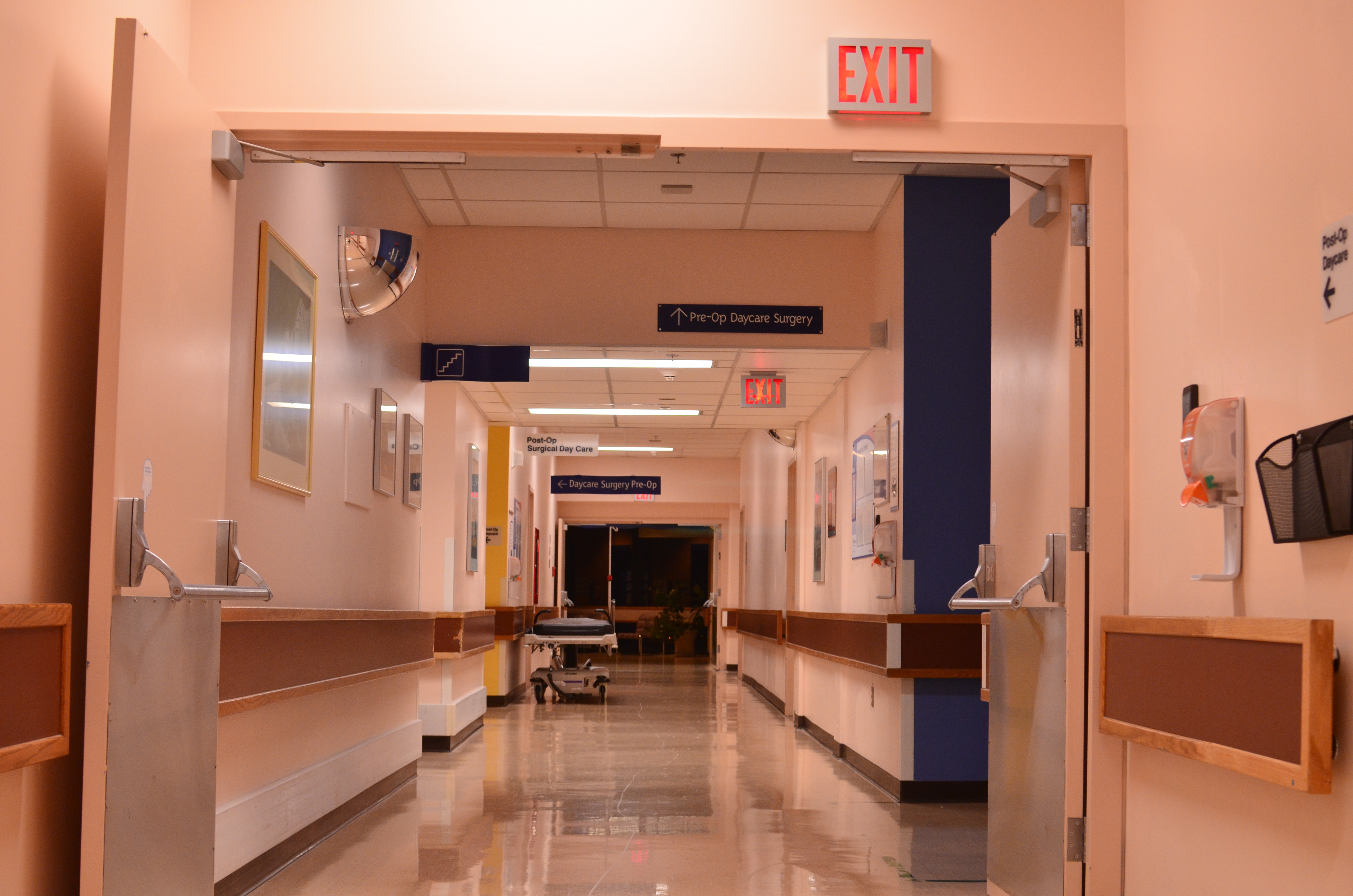Before moving to the United States at the age of 17, I had many fears about how I would be perceived as a visibly Muslim woman who chooses to wear the Hijab daily. My Egyptian family and friends were mostly supportive of my decision to adhere to my truth, but some wanted me to avoid the possible criticism I might receive as a result of “wearing my religion.” Ultimately, I have never regretted my decision to wear it. No matter how arduous wearing a headscarf in a Southern state was at times, the rewards of transforming mindsets about my people made it all worth it.
As a third-year medical student eager to learn everything I could from my team of residents and attending physicians, I embraced the hierarchical nature of medicine and my position as a student. The importance of my contribution to patient care was made evident during my experience on the Interventional Radiology service. Our team waited to greet a patient as her bed was rolled to the basement for fluoroscopy-guided lumbar puncture. As we smiled and introduced ourselves, I noticed the patient repeatedly looking at me. Eventually, she asked me where I was from and if I spoke Urdu. She asked where I had bought my colorful cotton scarf, as she might need to start wearing one to conceal chemotherapy-induced hair loss. During our conversation, I learned that she was Muslim as well. Although she struggled to express herself in English, she was able to convey how difficult dealing with her diagnosis had been as she tried to care for her autistic child without much external support. She shared personal details and exhibited familiarity towards me — a stranger — that I have only witnessed in familial gatherings or lifelong friends.
Although we spoke different native languages, she was comfortable speaking to me as I tried to calm her anxiety and guide her through the procedure. She laid prone as I held her hand and explained every step that she could not see. The resident wanted me to repeatedly remind our patient to lay still without flinching since there was a needle in her spine. Although I was only repeating many of the same things my resident was saying, I was humbled to see that my words had an impact on her emotional state. I was the least trained person in the room, but our shared identity seemed to ease some of her stress in an otherwise intimidating situation. As I accompanied our patient to her room after the procedure was completed, I could not help but hope that every patient would have a sympathetic medical team in situations where they might feel scared or alone.
A hospital is a terrifying place for many, especially for our country’s marginalized populations — Black, Latinx, Arab and Native American communities. They often have a justifiable inherent mistrust of the health care system that has previously failed them. This mistrust stems from prominent instances of medical racism, such as the Tuskegee Study and the numerous surgeries performed without anesthesia on enslaved women by the long-celebrated “father of modern gynecology,” James Marion Sims. Institutional racism within medicine is as old as medicine itself; much of what we know today about disease processes is a result of the intentional damage that was done to the Black community through experimentation.
The challenges that different minority groups face are interconnected. Muslim-Americans and brown people are not safe from bias and sometimes avoid seeking care due to fear of discrimination. This fear leads to delayed detection of disease and, in some cases, unsalvageable complications. Health care providers have a duty to treat all their patients with the same dignity and respect. We will only be able to properly address the harmful prejudices in the medical profession and throughout the United States when we all come together and acknowledge the pain and harms inflicted by America’s flawed history. As future and current providers, we have a responsibility to identify and address persistent implicit biases to better serve those who have suffered the most.
Sympathy and humanity without action bear no fruit. Due to our ever-diversifying population in the United States, we long for more Black, Indigenous, and Brown representation and inclusion in medicine. Our patients deserve to be cared for by a medical team that is not only culturally competent and compassionate but also understands their fears and cultural nuances. Our patients deserve a provider who will search her closet for cotton scarves to take to her patient, who struggled to find one. At a time when skin color, geographical location, socioeconomic class, and citizenship status can influence morbidity and mortality, we as health care providers cannot be another obstacle for our most vulnerable patients. The method is simple: commit to humanity.
Image credit: DSC_0475 by jimusser licensed under CC BY-NC-ND 2.0.


